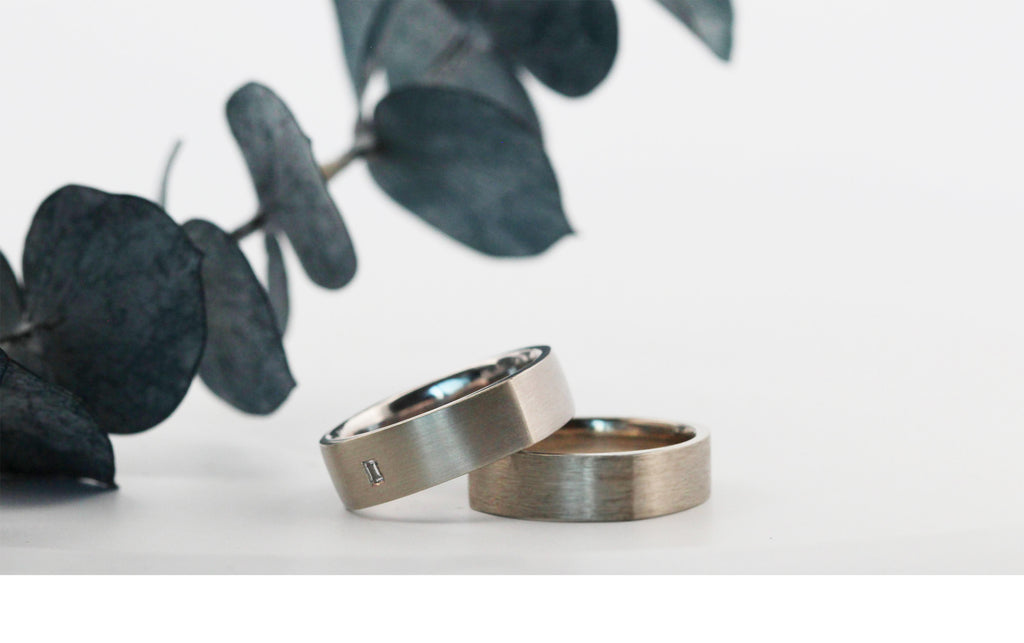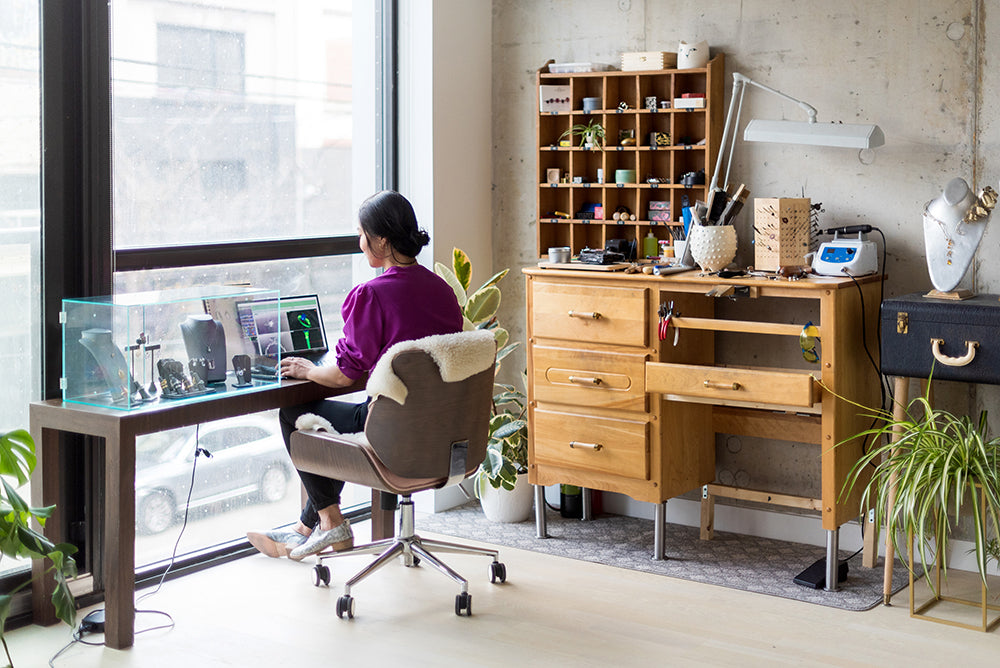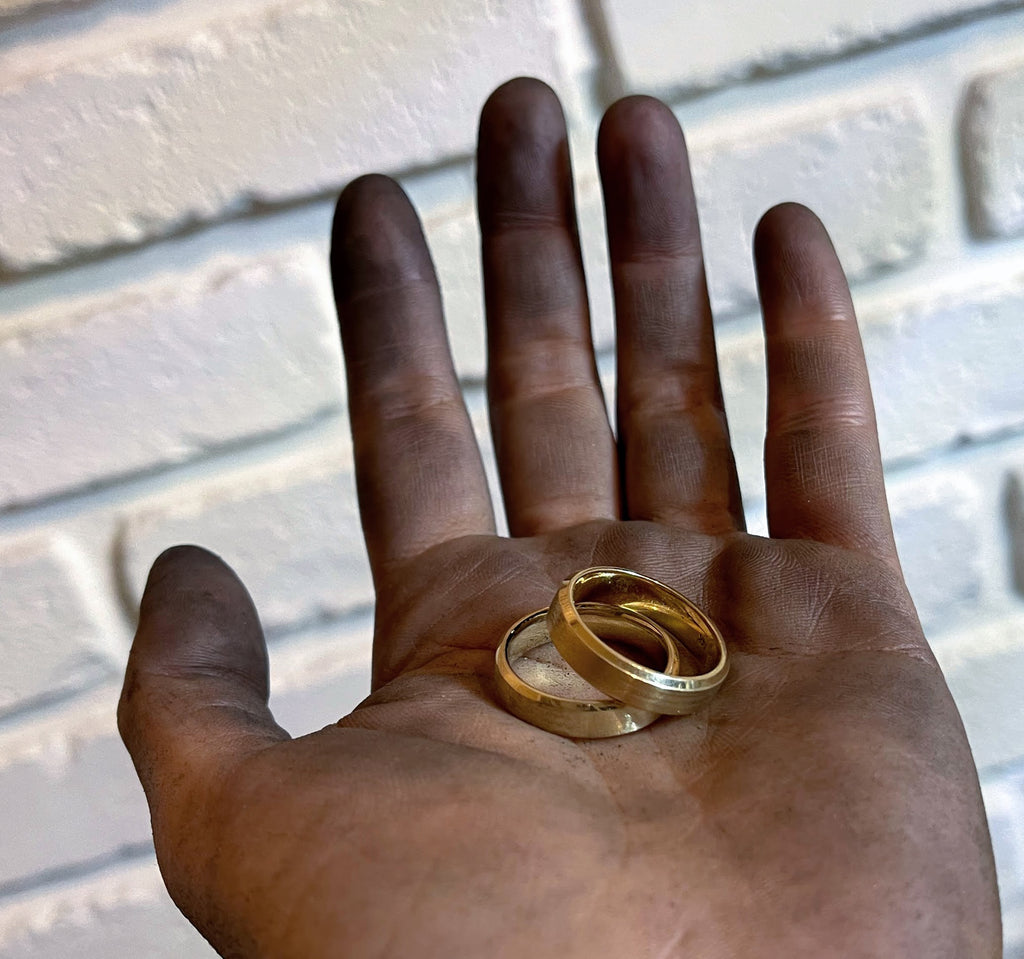What is Rhodium Plating?
Rhodium is a white metal that is hypoallergenic and corrosion-resistant. Often functioning as a surface finish, rhodium is too brittle to stand on its own but offers additional durability and a highly reflective shine for white gold or platinum jewellery. It has become a jewellery industry standard. In truth, I never really felt that a white gold or platinum piece of jewellery was complete until it had been dipped. I was told it made a piece of white metal jewellery more beautiful and durable. It becomes easier to sell and a reason for clients to return annually for upkeep. Over time, however, this superficial finish does wear away. So, is rhodium plating really worth it?
It’s been roughly 20 years since I was introduced to the jewellery industry and all of the common practices that went along with it. During this time, platinum went from being significantly more expensive than pure gold to costing less. White metals went from being the only cool option, to being one of three choices. Yellow gold has returned to its place of glory and is having a renaissance. Clients are embracing the unusual, the casual, warmer stones, and neutrals. They are becoming more aware, becoming champions at supporting environmental and social responsibilities. For an industry that is not often on the correct side of good, it is nice to see that there are still things that can be done to help alleviate our consciences.
The Downside to Rhodium Plating
There are a few downsides to rhodium plating. The rhodium plating solution contains sulfuric acid, which is bad for the environment. The fumes created by the electroplating process are incredibly toxic to the health of the goldsmith and the waste is poured into our water systems.
Changing My Perspective on Rhodium Plating
As a crusader myself, I advocate the use of old gold, the resetting of old stones, ethical sourcing of materials, and local makers. It is important to me that my work stays of the highest quality but also avoids being part of the waste-producing world of fast fashion. I try to make every decision with my impact in mind, understanding that sustainable practices begin with me and I must continue to work towards a more sustainable future. This brings me back to the question of rhodium plating. With new 18k and 19k white gold alloys being comparable in colour to platinum, and rhodium being only marginally whiter and brighter, is rhodium plating something I should still be exercising as common practice for my inventory and future work? Or is it a service that I should dissuade, and continue to offer at an added cost?














